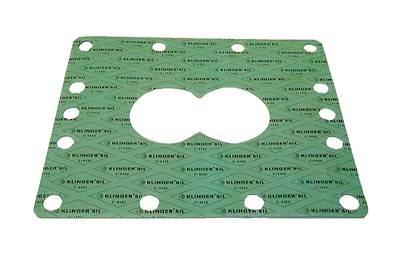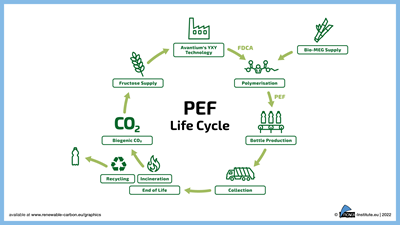Articles
Can Plastic Recyclates be Welded Ultrasonically?
What is possible with ultrasound? Will the result with recycled plastics material actually be worse than with standard material? Do we have to adapt our technology?
Read MoreHow Much L/D Do You Really Need?
Just like selecting the extruder size and drive combination, the L/D should be carefully evaluated.
Read MoreChemical and Mechanical Recycling Can Coexist. Will They?
Emerging technologies present advantages and challenges
Read MoreTake Proper Care in Feeding Your Extruder
Everything that happens in an extruder starts at the feed throat, so proper attention to that zone’s temperature pays off in quality and productivity.
Read MoreRecycling Challenges Become Opportunities with the Aid of New Technologies
The latest recycling equipment on view at the K Show handles more materials, is more efficient and produces higher quality output than ever achieved before.
Read MoreTracing the History of Polymeric Materials: Polyphenylene Oxide
Behind the scenes of the discovery of PPO.
Read More10 Ways to Improve Twin-Screw Compounding Performance
There are many techniques known to operators and plant engineers for increasing the performance of a twin-screw compounding extruder.
Read MoreBiobased PEF Shows Low CO2 Footprint
Peer-reviewed study by nova-Institute of Avantium’s PEF would result in significant reductions in greenhouse gas emissions.
Read MoreHow Many Parts Will My Mold Make? Part 1
Follow these guidelines to extend the life of a mold and reduce repair costs.
Read MoreIf You Like Wrestling with Carbon Footprints…
A couple of suppliers recently calculated their carbon footprints for producing injection molding machines and tooling.
Read MoreResins & Additives for Sustainability in Vehicles, Electronics, Packaging & Medical
Material suppliers have been stepping up with resins and additives for the ‘circular economy,’ ranging from mechanically or chemically recycled to biobased content.
Read MoreYoung Stretch-Film Processor Bets on Nanolayers
Going up against companies with as much as double its capacity, young stretch-film processor Zummit believes that new technology — notably 59-nanolayer films — will give it a competitive edge.
Read More




















